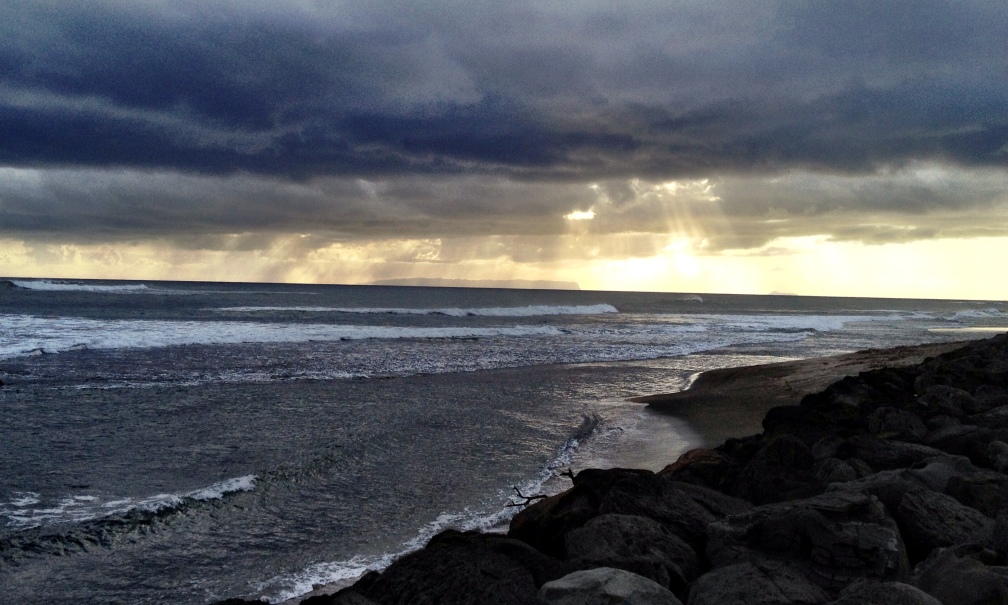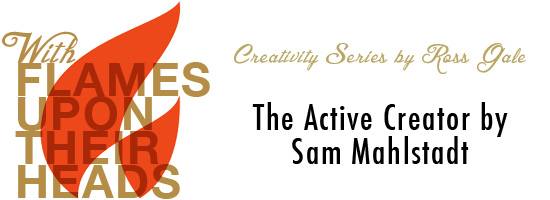
From the moment we acquire as toddlers the capacity to interact with our world, the best way to understand it is to imagine. As children we play with toys—blocks, dolls, action figures—or, if without the luxury, turn a stick into a sword, the empty lot into a dessert, a few trees and a bush into the queen’s enchanted forest.
We intuit onto plain bushes, plastic, rocks the properties of grandiosity and wonderment. We project. Because we have no other means by which we can peacefully come to terms with the complexity of human existence.
Instinctively, we understand the futility of that bush, of that rock—of us—because though we may not have yet cohered finding a dead spider, furled up in the corner with the mortality of our loved ones, ourselves, we, instinctively, understand the limit of life. Our play, our imagination is one of the few processes unscathed, as a notion, by time. Of course, we may one day lose it—to disease, to the world—but to lose something is not to see it break.
The role of the creator is the role of the human. Whether one believes that to be a reflection of a Creator-capital-C or an exercise of coping, creation, if it is true, is something only of the most synchronized of us. Synchronized with self, with nature; with order, chaos, complexity, spirituality, reason, ideation; ambiguity; with phenomena, commonality; with beauty, empathy.
Creation is not something we merely stumble upon, nor is it something we can shape. It is Stephen King’s “fossil”. It is Emerson’s Intuition. The ability to capture the human experience, however one sees fit, render it wonderfully, and communicate it to one’s fellow man is a privilege withheld from many. Most, probably.
Unfortunately, not all people can write a captivating story, paint a stunning picture, or, more tragically, bare children. Obviously, such people are no less human. In fact, in large part, once we grow up and refine our sense of imagination near indistinguishable from reality—or a version of it—we tend to reinvent those very people. They allow for communication. They open bridgeways.
We do not exist for the purpose of our medium. Art did not exist before man. We create art so that we could continue to exist—so that, instead of telling another our experience, our feeling we can provoke in them what is to be us.
But let us widen the scope. Art is certainly not the only form of creation. Rather, the venues for imagination are innumerable. Wider still: “imagination” implies a degree of conscious decision making, which isn’t necessary. Instead, any activity in which we aim to make something new—or anew—is creation.
To create is to exert in about the only way absolute control over an element of your life. Unintended incidents (spilling paint on a canvas and being called postmodern, accidental pregnancy, etc.) do not invalidate that control. The acts of painting or sex possess an intrinsic element of control. We do not fault Sex for the baby bump, and we do not fault Painting for the tasteful splotches. We who participate are at fault, thus the term unintended. We failed to properly seize control in our choice.
Creation is how we ensure longevity—lineage or cultural. What does civilization value of a people? Its technology?—long forgotten, abandoned, or improved upon. Its politics? Its history? Its art? Any of the four, plus others, could be argued. Their connection: each has been created as a means of conglomeration, of understanding. Not history?
I once had a brilliant American history professor who told us that historians formulate a narrative around occurred events in order to assert over a historical era a relevance as they see best fit. Politics, then. Well, here in America, these disparate, hostile party lines politicians and news networks would have us believe unconquerable—they don’t much exist. Extremist identifiers—socialist, fascist, bigot, etc.—are tossed around as a way to also create narrative. Perhaps it’s an American thing, but goodness we love an arch with respectively admonished and beloved bad guys and good guys. In that, creation is equally accessible for bad and good.
As a junior in high school I lived in a good home, in a good suburban neighborhood, went to a fine public school, and could claim as my life’s greatest misfortune only moving from Minnesota to Missouri halfway through the ninth grade. Yet, I desired instability. I relished the idea of turmoil introducing itself into my world. I felt it necessary.
In eleventh grade English, when the rupture never came, I invented it. My teacher’d assigned us a personal narrative assignment. Perhaps, given the assignment’s title, cheating it with a lie is impossible.
Because I lied, hard. I fabricated a dramatic and powerful story of being attacked at a friend’s house and then rescuing a girl friend from being raped by one of the attackers. Our lives had been in substantial danger, and I happened upon getting us out of it. It was the type of story scoffed at, if presented as fiction, for absurdity. When presumed to be true, it scored wealths of tears. This was not a singular incident—neither in that class nor among close friends. It was exhilarating.
I envisioned the stories so thoroughly, they blurred with memory.
I confessed, to the close friends, not because I grew troubled by my envy of grim disturbance, nor by the guilt of lying. I confessed because I accepted that I didn’t feel all that bad. I do not at all like deceiving those for whom I care, but that’s not what the lies had been about.
I’d stumbled upon, within myself, a need for outlet. Reconnected, I should say, as childhood friends and I recollect now with profound nostalgia our games—unfilmed movies, really, where I essentially directed, and always played the villain. I feel a lot of power in destroying, and my writing reflects that. Part of it is a bleakness (surprise!), I can admit. But the greatest part is my impermeable belief that all of us are a sum of performances and that the sum is no less true than any offered opponent.
We may not all be conscious creators. But we all are a collection of creations, learned or constructed, and to mimic this formation, as is the role of the creator, is therein utterly of mankind. Cheers, my fellow players.
Kyle Burton lives in Missouri. He lived in Minnesota. He’d go back to live in California if either he could afford to or Oregon didn’t selfishly persuade him otherwise. He watches movies. He writes. He writes about movies (Imperfect Movies). And he watches some more. Perhaps one day we’ll say ‘make’. He graduates from Mizzou in May, and is waiting to hear back from MFA programs. He played football for a long time, his best friend is about to play in the NFL, and he will resort to fist-to-cuffs if anyone belittles Adrian Peterson’s greatness. Even his girlfriend. Who’s a loathsome Bears fan. If he were to try to sum up himself succinctly, he’d say: ‘I can’t. But that’s what the writing’s for.’ (Check out his Best of 2012 Compilation.)
Learn more about the “With Flames Upon Their Head” Creativity Series by clicking here.









